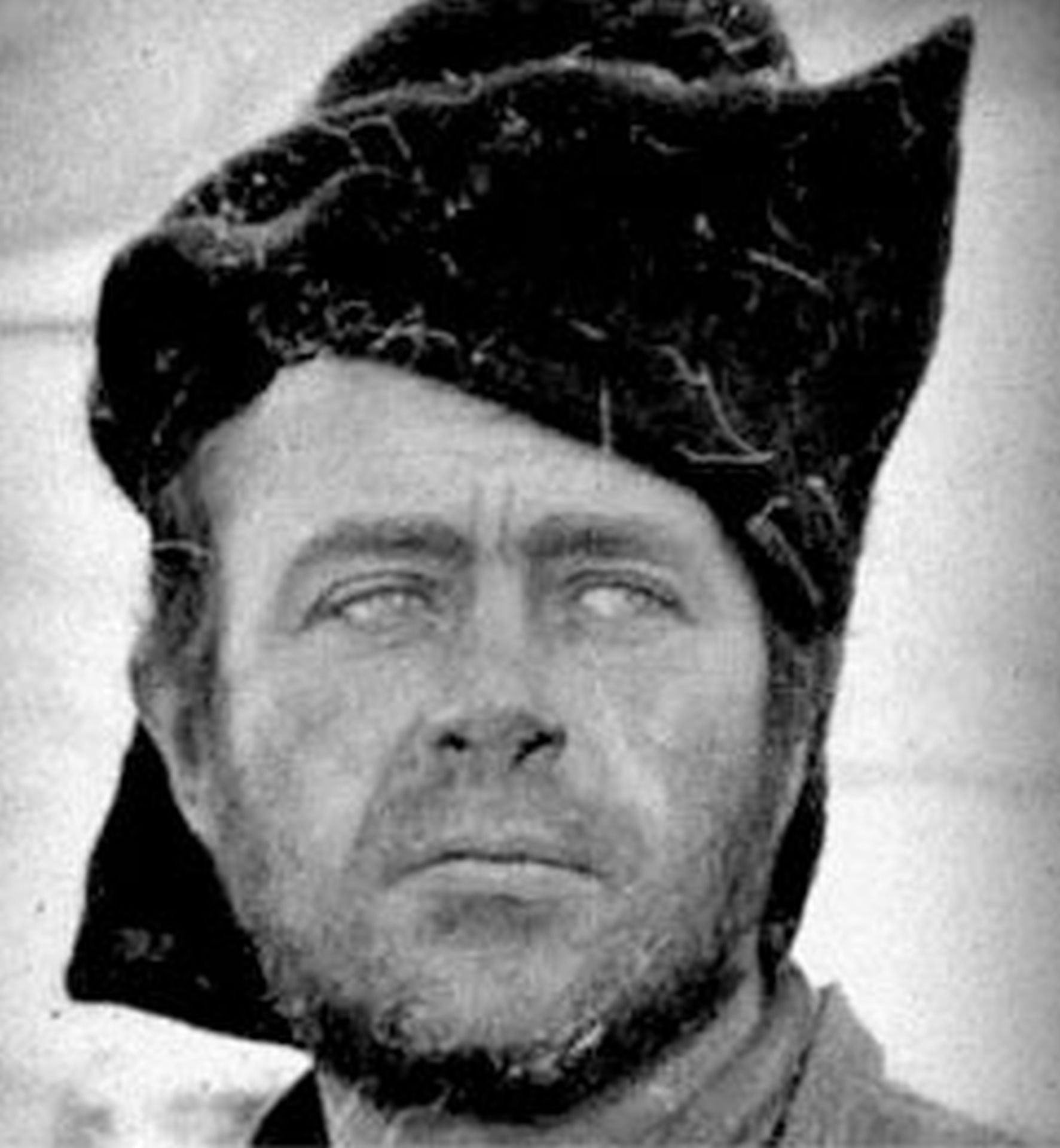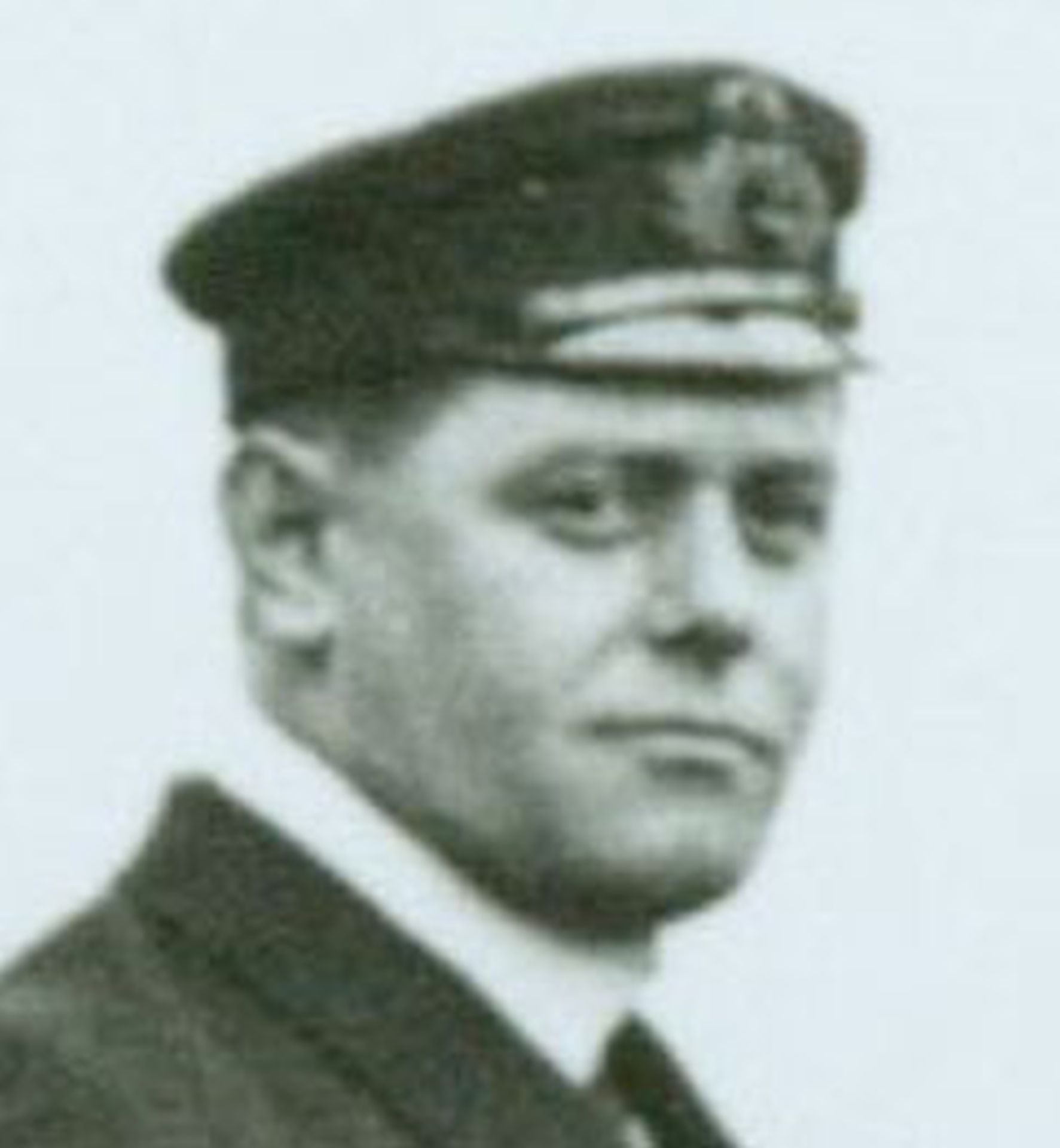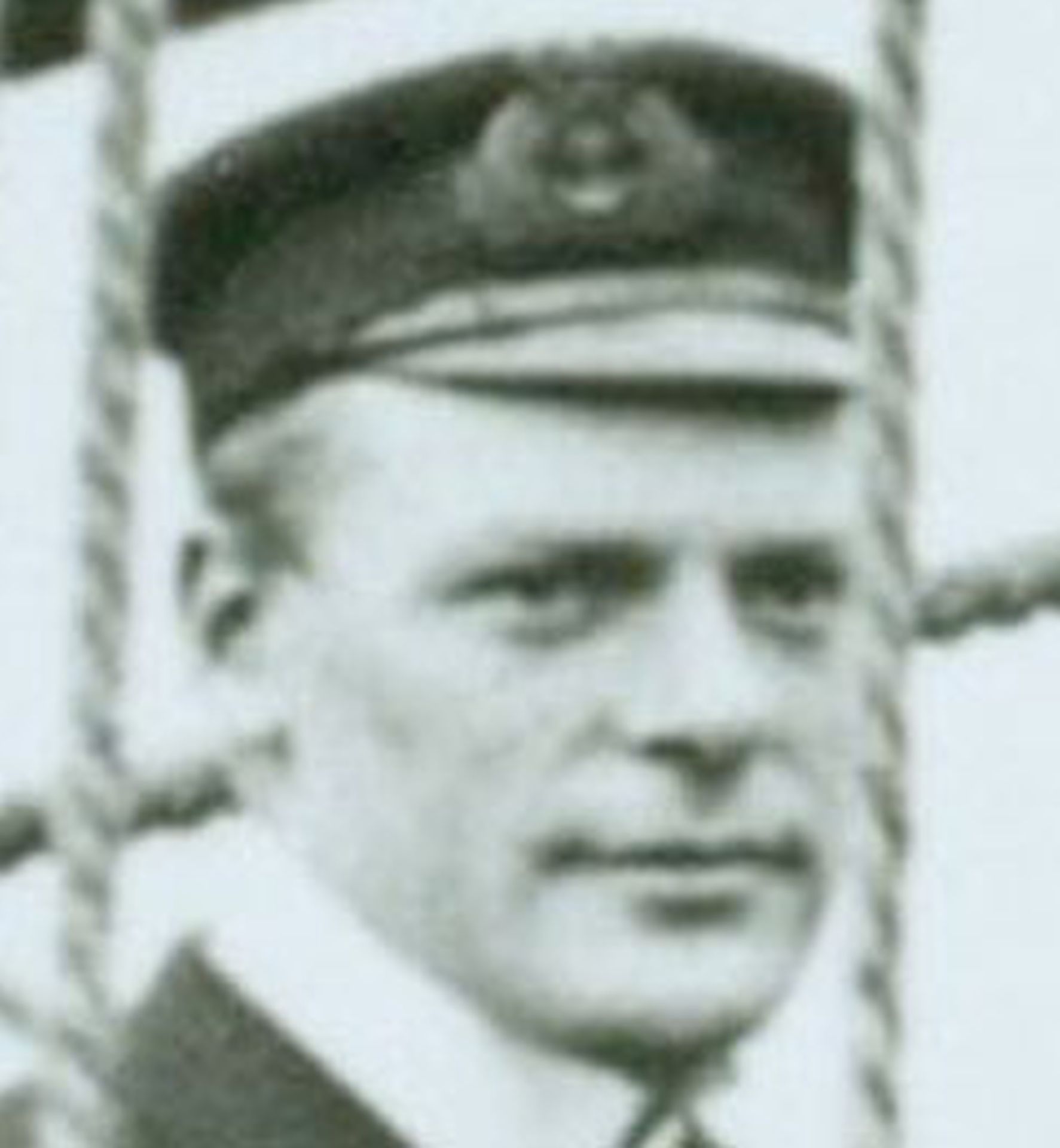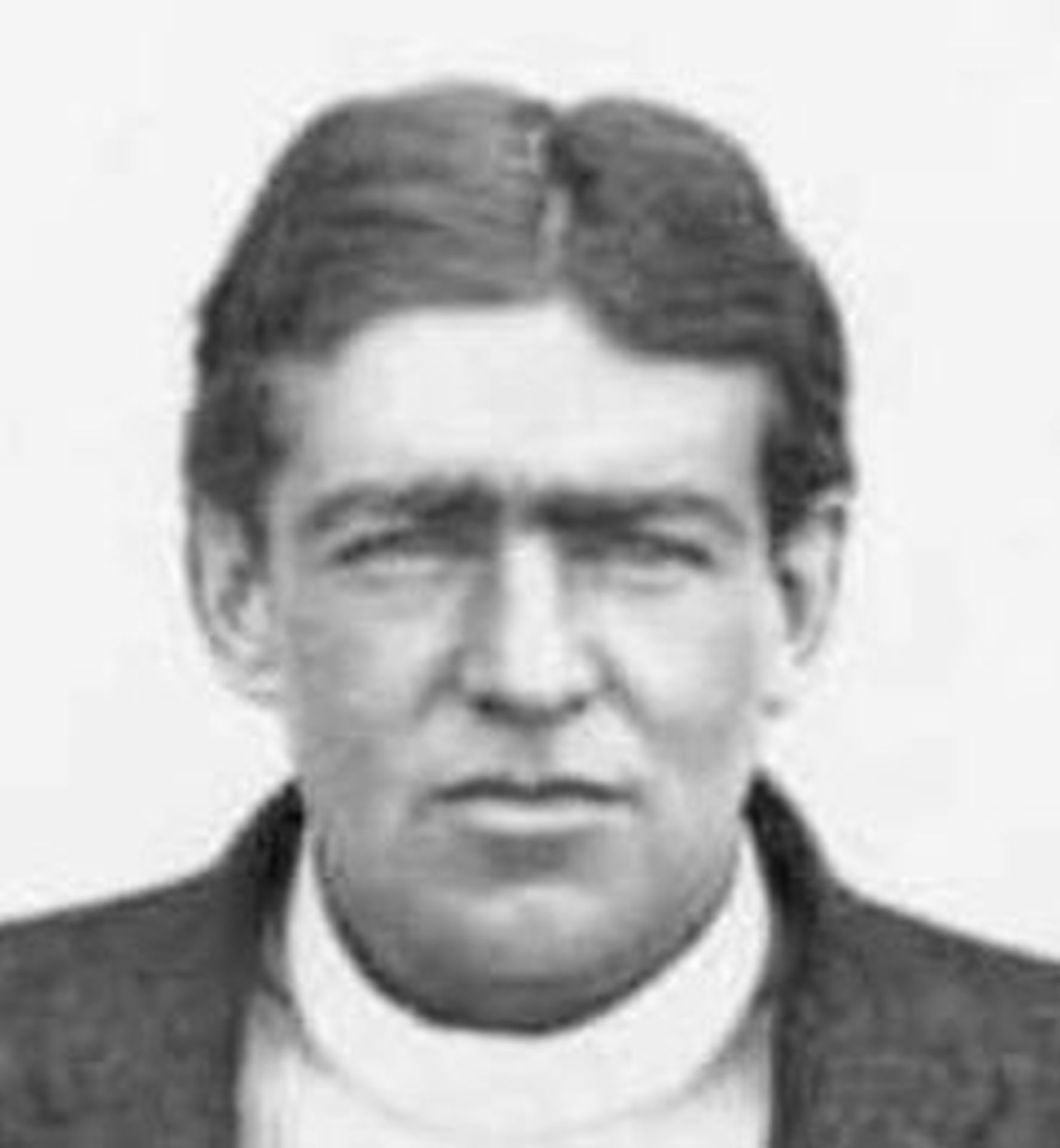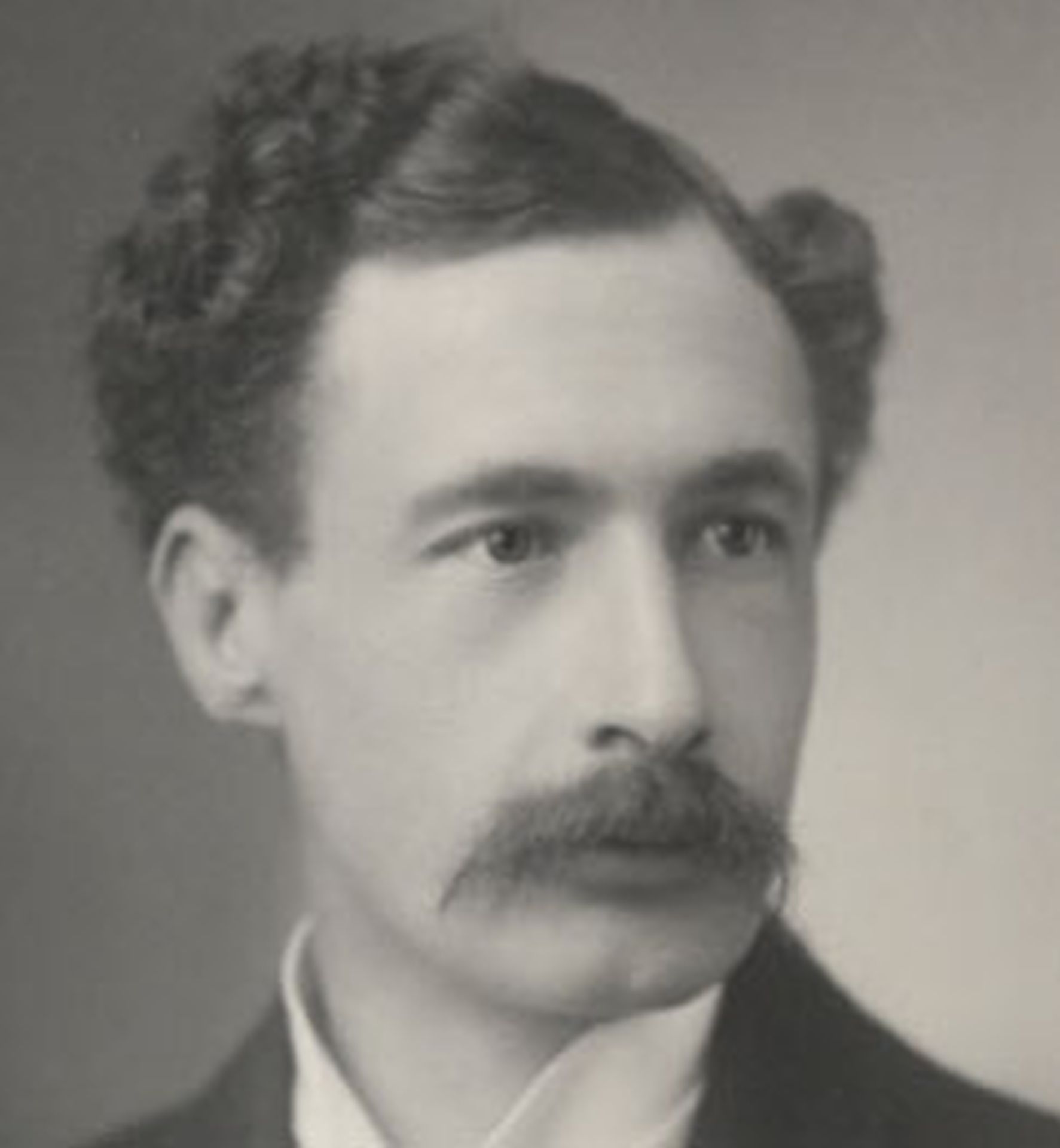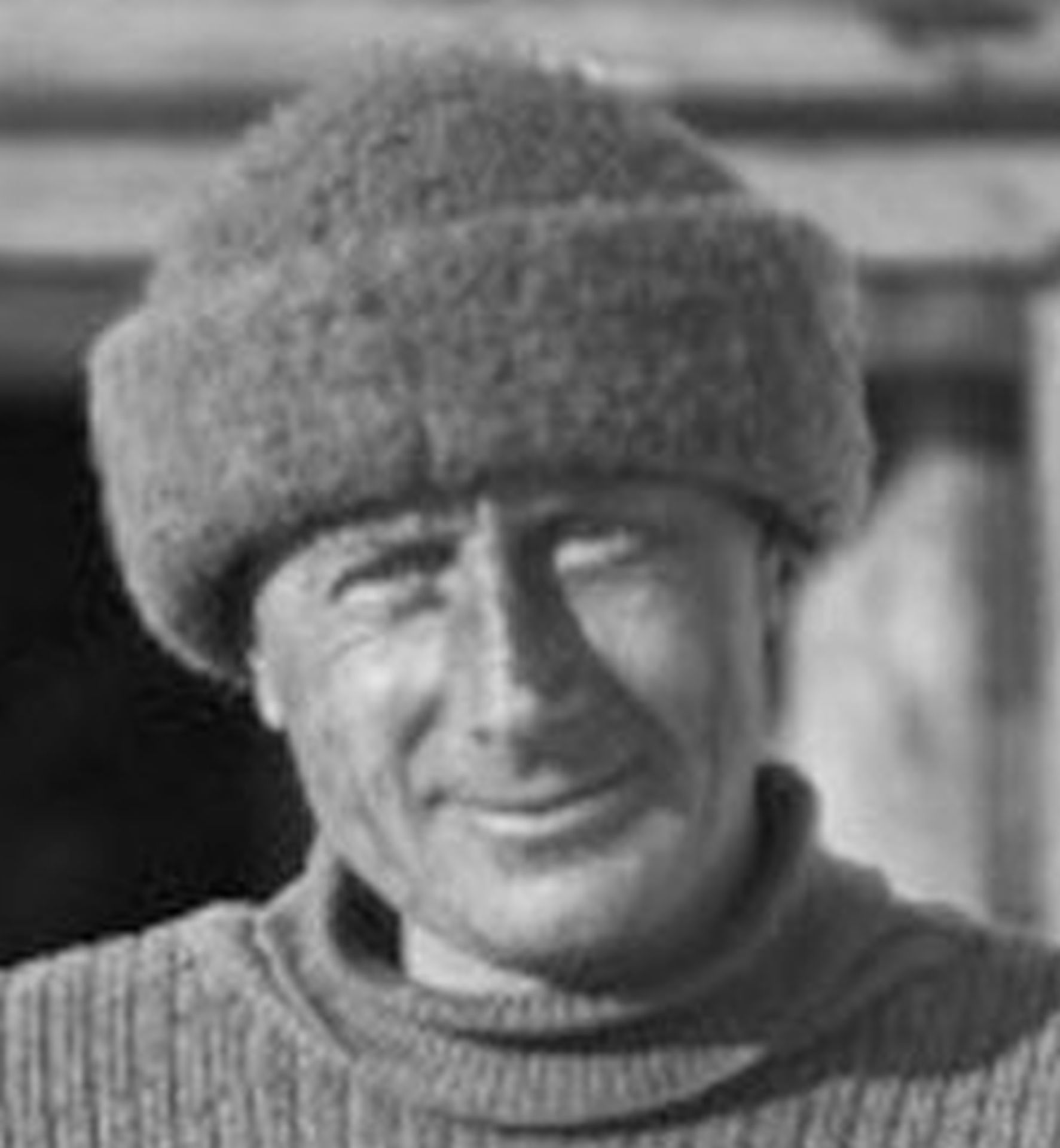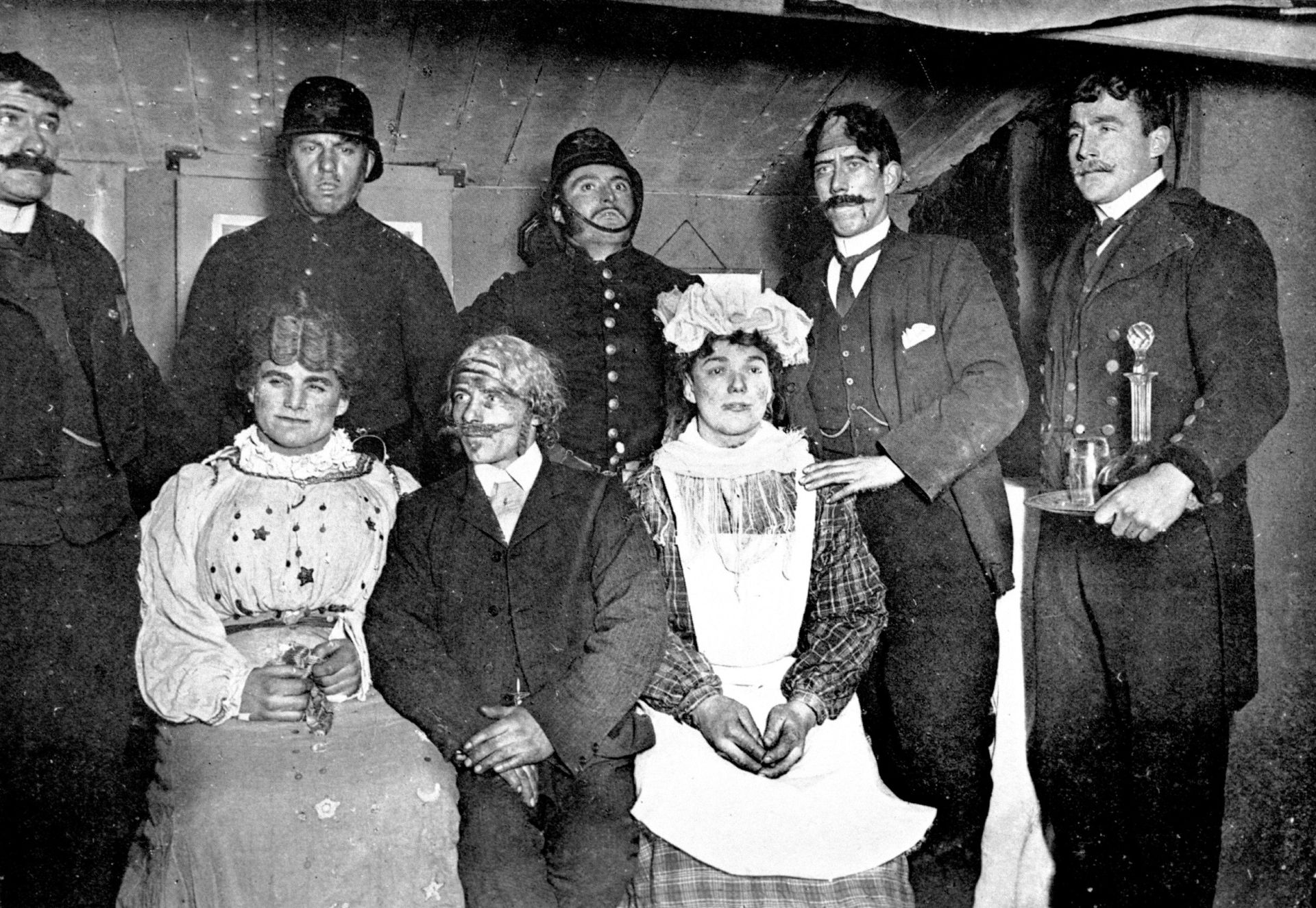Robert Falcon Scott
Commander
Nicknamed ‘The Skipper’ and also ‘Con’ and ‘The Owner’ (during the 1910–13 expedition). Born 1868. Entered the Royal Navy in 1886. In the Rover (Training Squadron) 1887–88. Spent four years in sailing ships. Torpedo Lieutenant in the Majestic, 1898–99. Took a special course in surveying,
1898–99 and in magnetic observation 1900. Commander, 1900; Captain, 1904.
After the Discovery expedition he was made a gold medalist of the Royal Geographical Society and similarly honoured by other societies and institutions. Scott wrote The Voyage of Discovery, published in 1905. He later led the British Antarctic (Terra Nova) Expedition 1910–13 and died on the return from the South Pole in March 1912. His diaries were published posthumously in 1913, as Scott’s Last Expedition.


